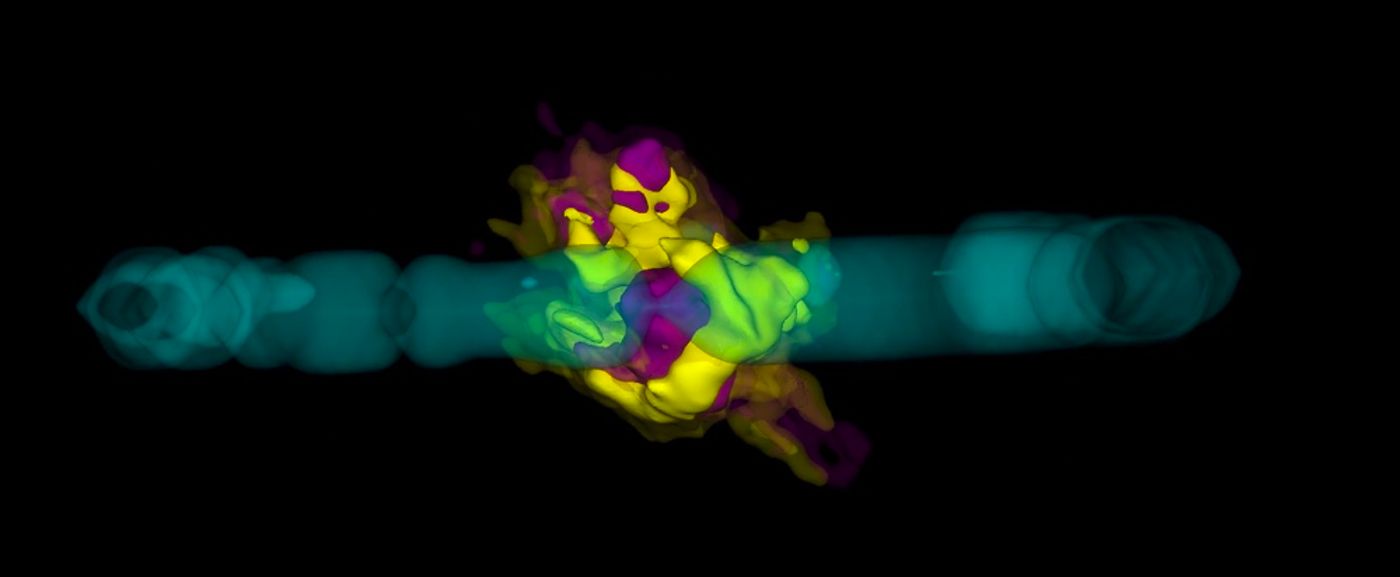3D Model of Supernova Remnant Helps Astronomers Learn More About its Properties
While we understand the basic concept behind supernovae to be the final energetic stage of stellar life, there are a ton of pressing questions that continue to riddle astronomers’ minds about how they work and what happens after the fact. For example, how do they impact their host galaxies and surrounding spatial bodies?
A supernova dubbed SN 1987A, which went off nearly 30 years ago at more than 160,000 light years away in the Large Magellanic Cloud, serves as a potential lead in learning more about these incredible forces of nature and the impact they have. Renewed interested in the supernova has surfaces as researchers began studying its remnants with the Atacama Large Millimeter/Submillimeter Array (ALMA) located in Chile.
This observatory made new findings possible because of its ability to peer into the deep reaches of space at millimeter wavelengths. This is more effective than radio, optical, or X-ray light because of all the dust that often gets in the way and obscures visibility; millimeter wavelengths, on the other hand, can peer through this debris.
The results have been published in The Astrophysical Journal Letters, where the researchers explain how they were able to compile a three-dimensional model of the “heart” of the supernova.
Image Credit: NRAO
Related: Scientists witness shockwaves from a supernova for the first time
This model maps out various particles being ejected from the core of the explosion, such as silicon monoxide (SiO) and carbon monoxide (CO), both of which are common in supernovae. Other particles that were also discovered, like formyl cation (HCO+) and sulfur monoxide (SO), have never been observed in a young supernova remnant before until now, so this was a breakthrough.
Many of these particles are newly-formed and were produced from the inevitable cooling of super-heated particles that resulted from the initial explosion. Some are clumping together near the center, while others are being ejected outwards into space.
"When this supernova exploded, now more than 30 years ago, astronomers knew much less about the way these events reshape interstellar space and how the hot, glowing debris from an exploded star eventually cools and produces new molecules," said University of Virginia and NRAO astronomer Rémy Indebetouw.
"Thanks to ALMA, we can finally see cold 'star dust' as it forms, revealing important insights into the original star itself and the way supernovas create the basic building blocks of planets."
Related: Supernova with the intensity of 100 million Suns is observed
Every time a supernova goes off, the particles it ejects reshape galaxies and transform their chemical properties. The particles given off by this supernova will help astronomers tell a story of not only the star that used to exist here, but also of what’s to come as they continue to expand outwards and clump together.
For now, only additional observations will answer the onslaught of questions that arose from the host of information gathered during this observation.









